Abandoned in a disaster?
Helping people with disabilities.
This is my 5th year of writing weekly Advisories, and my 15th year of participating in my local neighborhood emergency response team. During that time I’ve attempted to address the challenges of helping people with disabilities during a disaster.
 The first time the subject came up was after Katrina, when we heard the horrific stories of people left behind in their nursing home to drown. Then, after Hurricane Sandy, stories came out about people trapped in their high-rise apartments when the power – and thus the elevators – were out for days and days.
The first time the subject came up was after Katrina, when we heard the horrific stories of people left behind in their nursing home to drown. Then, after Hurricane Sandy, stories came out about people trapped in their high-rise apartments when the power – and thus the elevators – were out for days and days.
Most recently, I received an email from a reader asking if I had any advice for her newly-formed Emergency Team, particularly on how to plan to help neighbors suffering from dementia.
So for the past couple of months I’ve been reaching out again for resources.
Let me warn you – I have not found much!
But let me share what I have found, and invite you to comment or to incorporate some of this into your own local planning. I’m posing these as questions you can ask in your own community.
1 – Should we maintain a Registry of people with special needs?
Several online articles mentioned efforts to build lists of people who might need special help in an emergency. I found references to what looks to be a robust registry in Santa Clarita, California, and the Calgary Police (Canada) started a new such registry in 2015. However, other registries that I attempted to research have gone out of business!
I even posed a question online in a special LinkedIn group, and over two dozen people were kind enough to respond. The consensus: many people with disabilities do not want to be on any list – mostly because they don’t trust that their information will be kept private.
Check your local community for what’s available and confirm that it is secure.
2 – Does our city have special plans for First Responders when dealing with people with disabilities?
We have a great relationship with our City’s Office of Emergency Management, so we invited the head to speak to our group. One of the questions we posed was this one. His answer, “We do not have special plans because we don’t know exactly what will be needed.”
Since this answer wasn’t exactly satisfactory, I have dug deeper into training that is available for First Responders. In fact, there are resources available online, for free, that would be useful for First Responders and for ALL of us. We will be building them into our regular trainings starting in September.
Some simple and sensible guidelines:
- Don’t make assumptions about people’s abilities or disabilities in an emergency situation. Ask.
- Everybody will be disoriented in an emergency, so expect a range of emotional response.
- Treat people with respect. Somebody who can’t see isn’t necessarily deaf or stupid. Be patient.
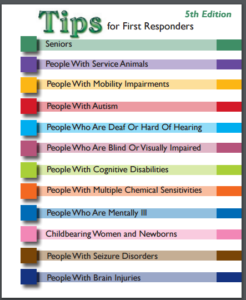 Two resources I found most useful:
Two resources I found most useful:
Tips for First Responders from the University of New Mexico. You can get a pdf that lists tips for dealing with 12 different situations: seniors, people with service animals, people with autism, etc. The online link: http://cdd.unm.edu/dhpd/tips/tipsenglish.html
A set of training videos for First Responders comes from the Nisonger Center at Ohio State University. I found them thorough but long. This is the YouTube link: https://youtu.be/VRa3oU09XIE?list=PLjdWYCi9CWHblC5668uTXiMoTHNEdyUaw
3 – What should people with disabilities do when it comes to emergency planning?
There is really only one good answer. If you have special needs, you are in the best position to plan for your own safety.
It’s up to you to build your own personal support network. Members of your network can be relatives, neighbors, friends and co-workers. You need more than just one person; you need people you can trust to check on you and people who know your capabilities and needs.
As part of my research I received many great referrals, but one document that appealed to me particularly comes from FEMA and the American Red Cross. Preparing for Disaster for People with Disabilities and other Special Needs is a brochure with a lot of basic information, but in my estimation, it’s the “Complete a Personal Assessment” section that is most valuable We will be using this assessment list with ALL our members..
Action Item: Get this Assessment; it starts on page 3 of the booklet: https://www.fema.gov/media-library/assets/documents/897
I have no doubt that we will be revisiting this topic many times. If you have a recommendation for EmergencyPlanGuide.org readers, please share it in the comments below.
Here’s to a better chance of survival for your entire community!
Virginia
Your Emergency Plan Guide team
I’ll be publishing excerpts from the materials mentioned in this Advisory. Don’t miss them. Sign up to get all our Advisories below.

 When asked that question about their business . . .
When asked that question about their business . . .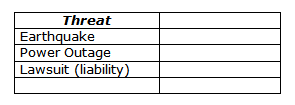




 Fire:
Fire: 
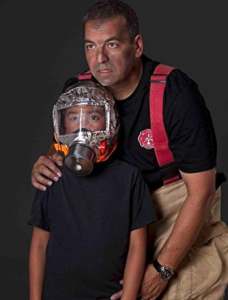
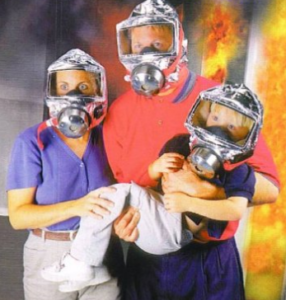
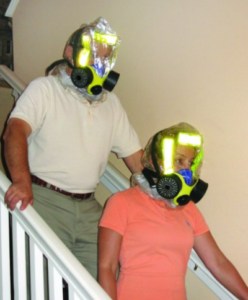
 (Ha, ha! When you hear that, do you laugh along with me?)
(Ha, ha! When you hear that, do you laugh along with me?) As I pulled out into the street today, I noticed a cardboard box on the curb, with trash spilling out of it. It hadn’t been there yesterday.
As I pulled out into the street today, I noticed a cardboard box on the curb, with trash spilling out of it. It hadn’t been there yesterday.


 Today I stuffed 20 or so plastic bags into one, so I can take them back to the store to be recycled. It’s amazing how many accumulate in just a couple of weeks – and we carry reusable shopping bags!
Today I stuffed 20 or so plastic bags into one, so I can take them back to the store to be recycled. It’s amazing how many accumulate in just a couple of weeks – and we carry reusable shopping bags!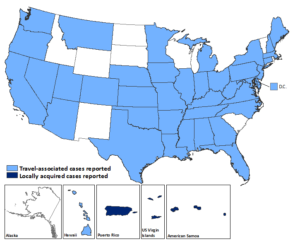 Here’s a
Here’s a 
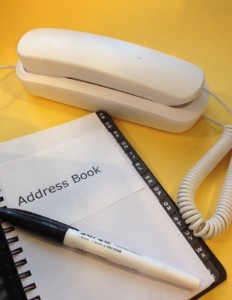 Five reasons to go out today and buy a corded phone.
Five reasons to go out today and buy a corded phone.




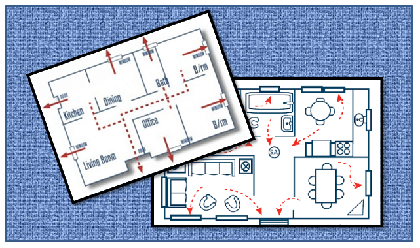 Stop reading right now.
Stop reading right now.
 According to this FBI study, in 2000-2013 there was one live shooter event every three weeks.
According to this FBI study, in 2000-2013 there was one live shooter event every three weeks.